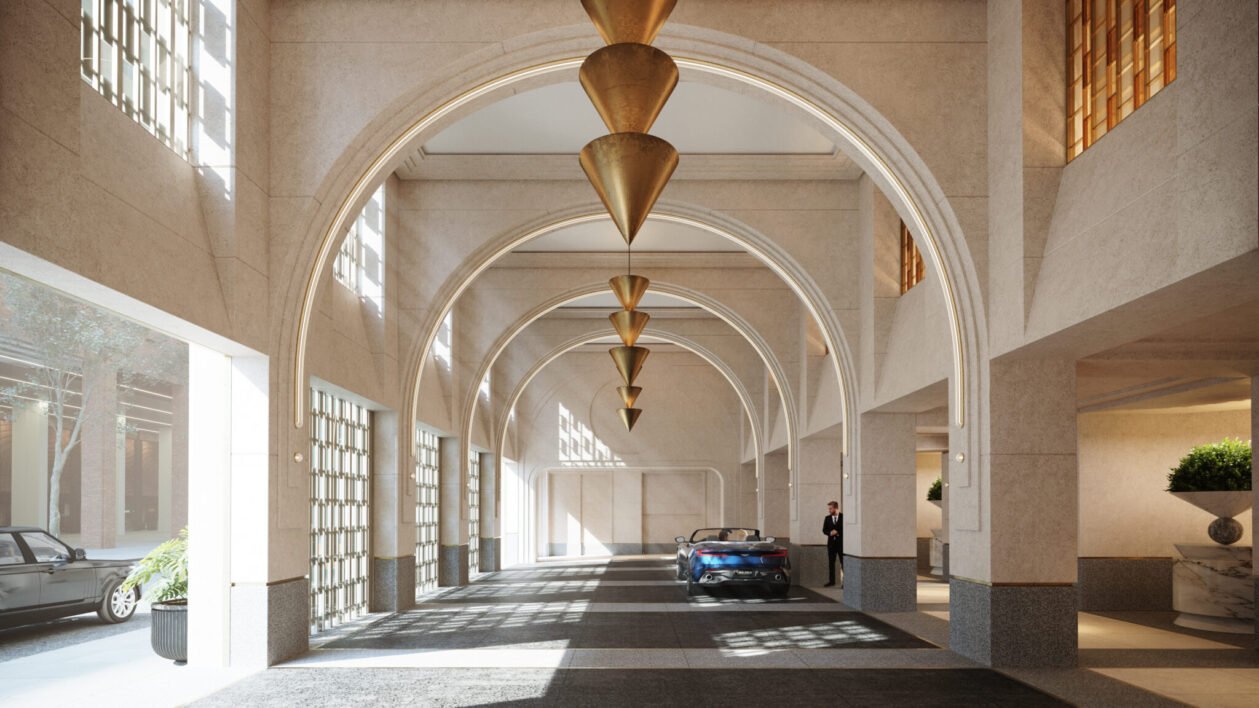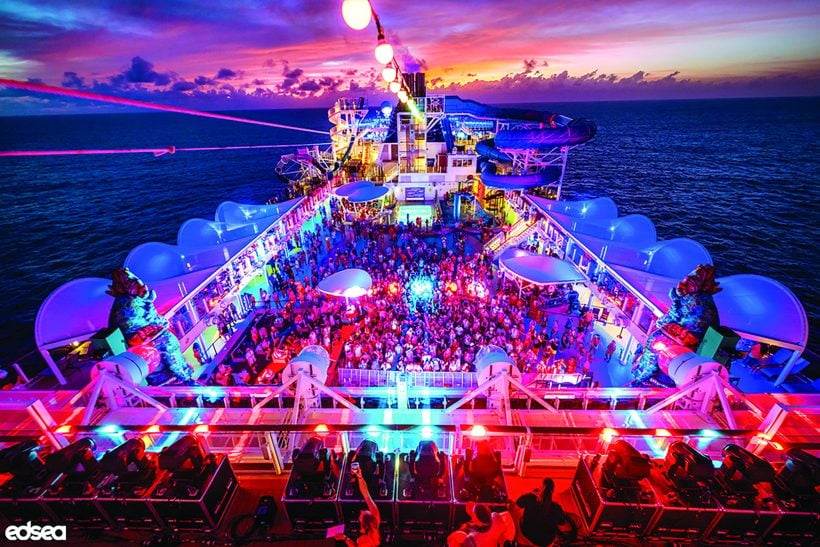When the pinnacles of luxury in hospitality, automobiles, fashion and beyond expand into the real estate space, chances are their aspirations will take the form of a branded residence. From breathtaking locations to top-of-the-line amenities and VIP perks to ultra-personal service, branded residences offer a lifestyle aligned with the ideals each brand represents.
For buyers, that can mean securing a second, third or fourth home that is backed by the prestige of a world-renowned company. At the Towers of the Waldorf Astoria in New York City, the brand’s name doesn’t just carry cachet, it’s preloaded with almost a century of cultural history. “It’s simply a name that cannot be replicated,” says Dan Tubb, senior director of sales for the Towers of the Waldorf Astoria, which is scheduled to open in early 2023.

Branded residences also give luxury brands that don’t already focus on hospitality a chance to translate their trusted reputations into real estate. The Fendi Château Residences in Miami, for example, serve as a livable extension of the fashion house’s signature aesthetic. The Fendi style and vision trickle into every element of the residential experience, from the building’s architecture to interior design choices like textiles, finishes and furniture, says Monica Venegas. As the founder of the Venegas International Group, she oversees sales and marketing for branded residences by Fendi, Armani and Missoni, among others.
But no matter the product, brand affinity is an emotional driver. Some buyers have extraordinary experiences that lead them to personally trust and admire a particular brand, while others might be more attracted to the prestige-by-association that comes with buying a home that carries a venerated name. “There is pride of ownership of something that is well-known by others, yet is still extremely exclusive,” says Gil Dezer, whose newest project as CEO of Dezer Development is the Bentley Residences in Sunny Isles Beach, Fla.
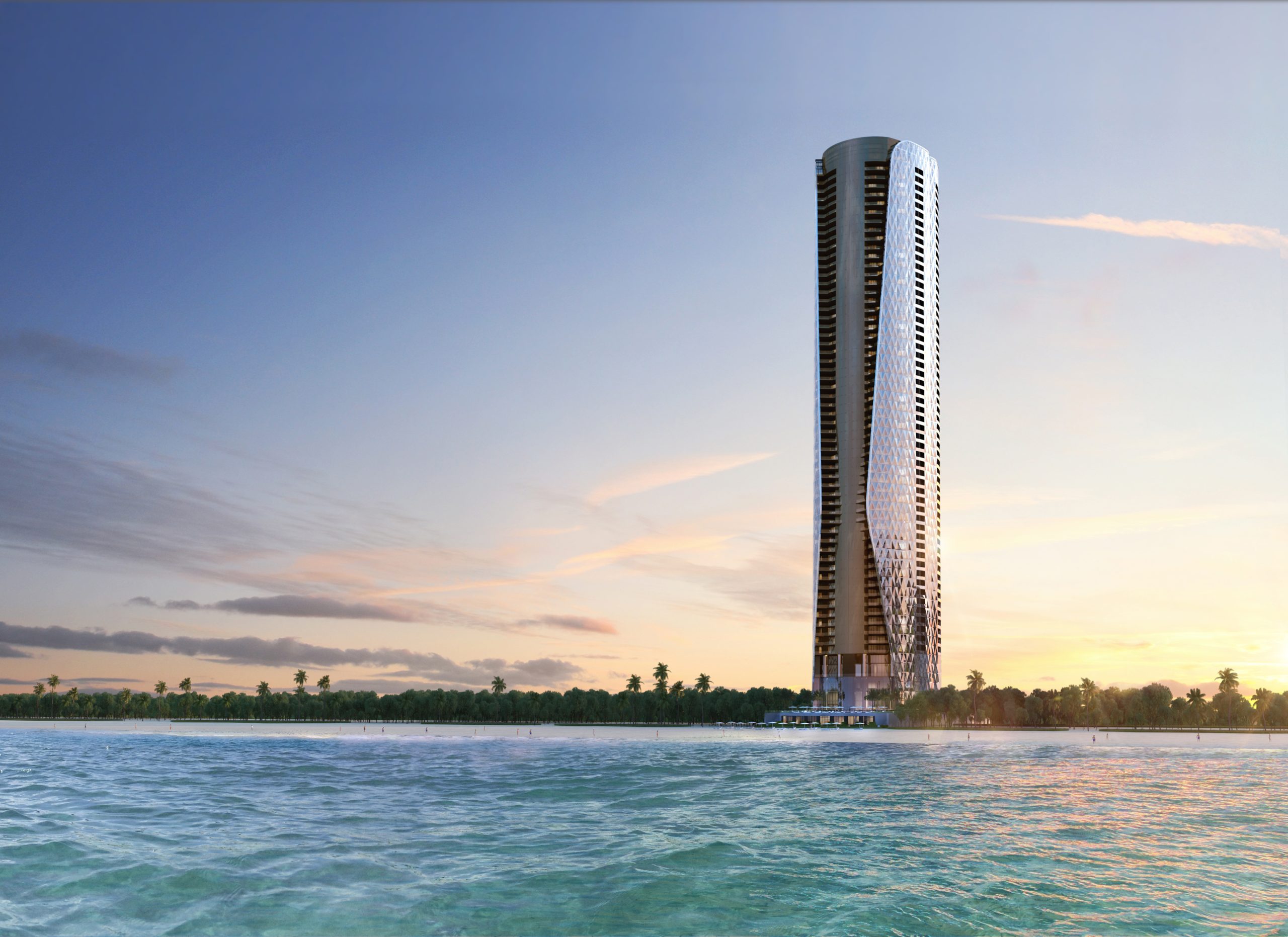
Whatever their reasoning, buyers interested in branded residences open the doors to definitive luxury lifestyles. In residences put forth by hospitality brands, that lifestyle often hews closely to the experience you might expect from a high-end hotel stay. “When you purchase a Marriott branded residence, you’re not only getting a vacation home,” says Dana Jacobsohn, senior vice president of mixed-use development at Marriott International, “you’re buying into a lifestyle that offers you unmatched services and amenities that are consistent around the world.” Marriott International’s branded residences include St. Regis and Ritz-Carlton properties, to name a few.

Those amenities and services are far-ranging, though, and they are guided by both the specific residence and the brand behind it. Silversands Grenada, for instance, chooses to highlight the appeal of the property’s stunning location and resort-style living: “Silversands residents can wake up and head to the spa, take a stroll on the beach, work out at the gym or have a chef-catered breakfast,” says Kandace Douglas, real estate sales and marketing director at Silversands. “Everything residents would normally do at a hotel, they can do from the privacy of their own home.”
Some branded residences tap into their extended networks to offer perks that keep it all in the family. Marriott International’s owner recognition program unlocks celebrity status around the world. “Owners receive VIP treatment both at home and when they travel across our portfolio of 7,600 hotels globally,” Jacobsohn says. “This is our way of both thanking and recognizing our owners for their commitment and confidence in our brands and the lifestyle that they have chosen.”
Other branded residences augment access to hotel amenities with services and facilities that cater to long-term residents. The Towers of the Waldorf Astoria, for example, has doubled down on its wellness focus. In addition to unfettered access to every Waldorf Astoria hotel service, Towers residents can also utilize 50,000 square feet of private residential amenities, including an exclusive fitness center, a 25-meter pool with a double-height skylight, wellness lounges with saunas and steam rooms and private training studios and spa treatment rooms. Tubb says the Towers interprets wellness “not just as fitness, but the ability to pursue every aspect of wellness, with regard to nutrition, physical therapy and anything a resident needs to live their absolute best life.”
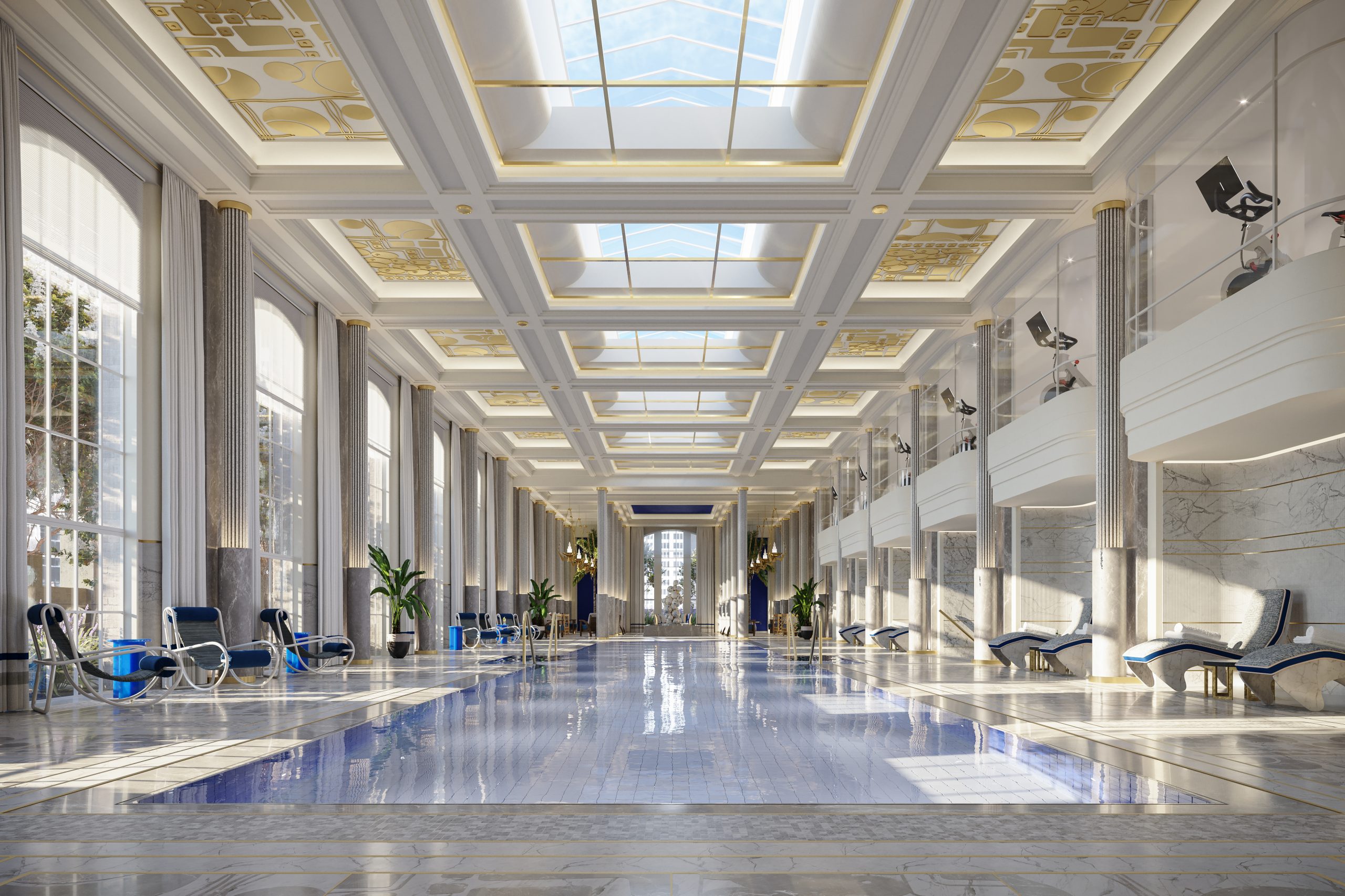
That exclusivity is another dealmaking perk of branded residences. “We’re finding residents are very focused on privacy at levels we haven’t really seen before in superluxury real estate,” Tubb says. In response to that trend, every Towers residence features its own private concierge closet built seamlessly into the home’s entry area with locks on the inside that only residents control. “Anything residents would have picked up in the lobby can be delivered to them 24 hours a day,” explains Tubb, “whether it’s packages or grocery delivery, valet laundry, even in-room dining from the Waldorf Astoria Hotel.”
The Towers’ concierge closet was prescient, pointing to the increasing importance of discretion and the premium the global pandemic has come to place on privacy. While we dream of having face-to-face conversations and personal connections with our family and friends once again, contact-free interactions are likely to become a long-term or even permanent part of our post-COVID reality.
And as it turns out, luxury residences and personal space fit together quite easily. Take the Porsche Design Tower, for example. When it was first announced in 2016, long before the pandemic, one of the residence’s hottest selling points was the Dezervator, a patented automobile lift system. “Our residences are the only ones in the world designed to allow residents to get to their apartment without being in an elevator with anyone else,” Dezer says. “Our residents can go directly to their apartment in their own car without mixing with anyone else in the building. No valet. No elevator ride home. The automobile is the key to your apartment.” It’s a fitting development for a branded residence by Porsche, but it was also conceived and implemented long before living in a residential high-rise suddenly felt like a risky proposition.
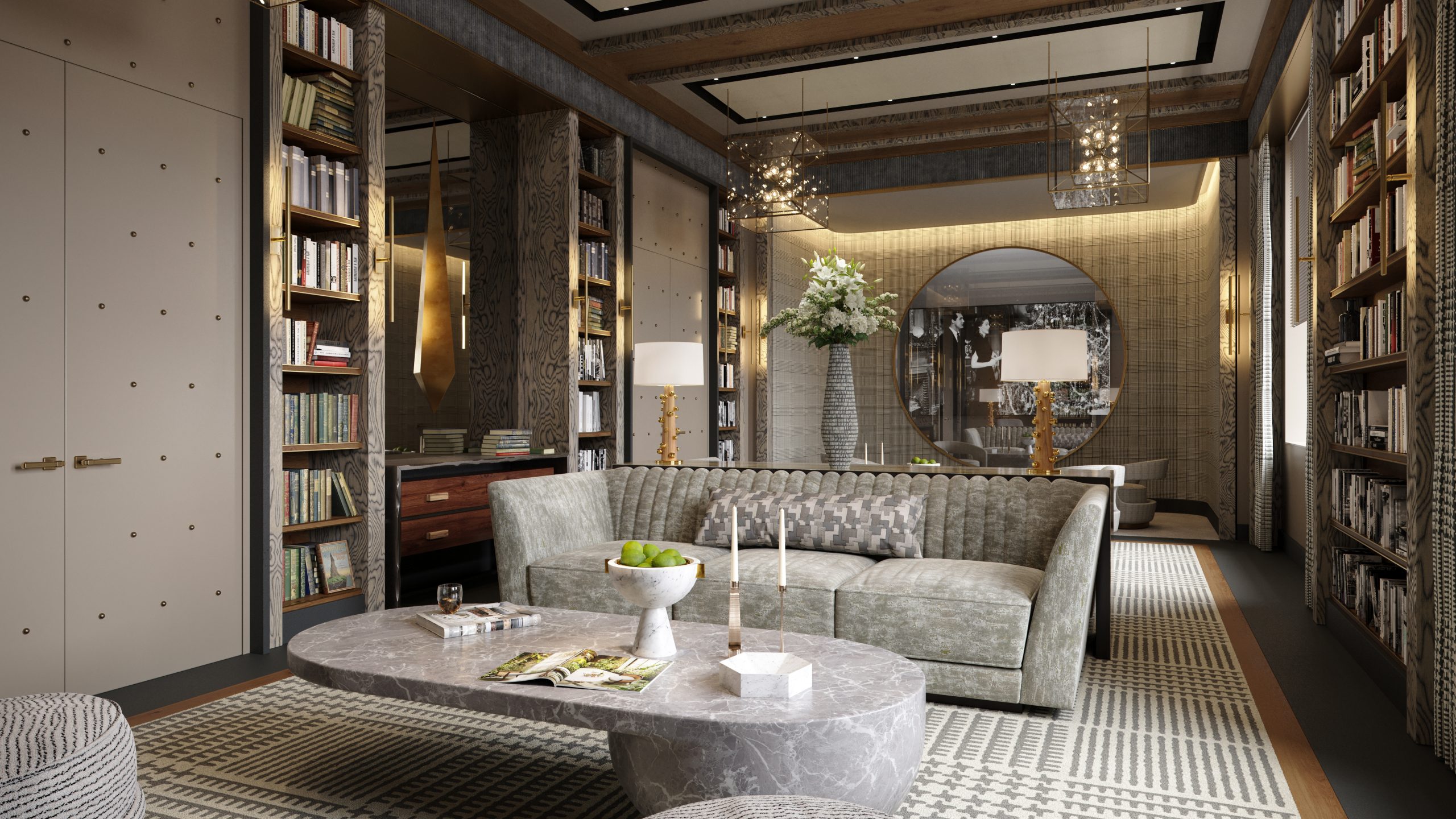
Yes, the pandemic has elevated interest in personal health and privacy. It’s also safe to say that every branded residence has amped up cleaning protocols to keep residents confident and comfortable that their safety remains top priority. But beyond luxury living requirements and expectations around physical health and safety, the pandemic has also shifted buyers’ fundamental consciousness about the purpose of each home they own. The imaginary lines between primary and vacation homes have been irreparably blurred over the past year, as remote work has become the norm and lockdowns have forced us to focus our attention inward.
“Primary homes and vacation getaways have meshed, so occupancy levels are higher than ever in our branded residences,” Jacobsohn says. “We expect to see more vacation homes becoming a primary place of residence.” As people have become more accustomed to doing everything from home, the places we live have become ever more important. By necessity, our homes have become our offices. But by choice, vacation destinations can become residential addresses.
Dan Tubb says that residents see the Towers of the Waldorf Astoria as somewhere they can live, work and play. Buyers’ motivations run the gamut; where some residents are interested in securing a premium residential address, others are in the market for an urban pied-à-terre with high-level service, privacy and exclusivity. Tubb sees that as a sign of the branded residence’s success. “When you come home to the Towers of the Waldorf Astoria,” he says, “your vacation never has to end.”
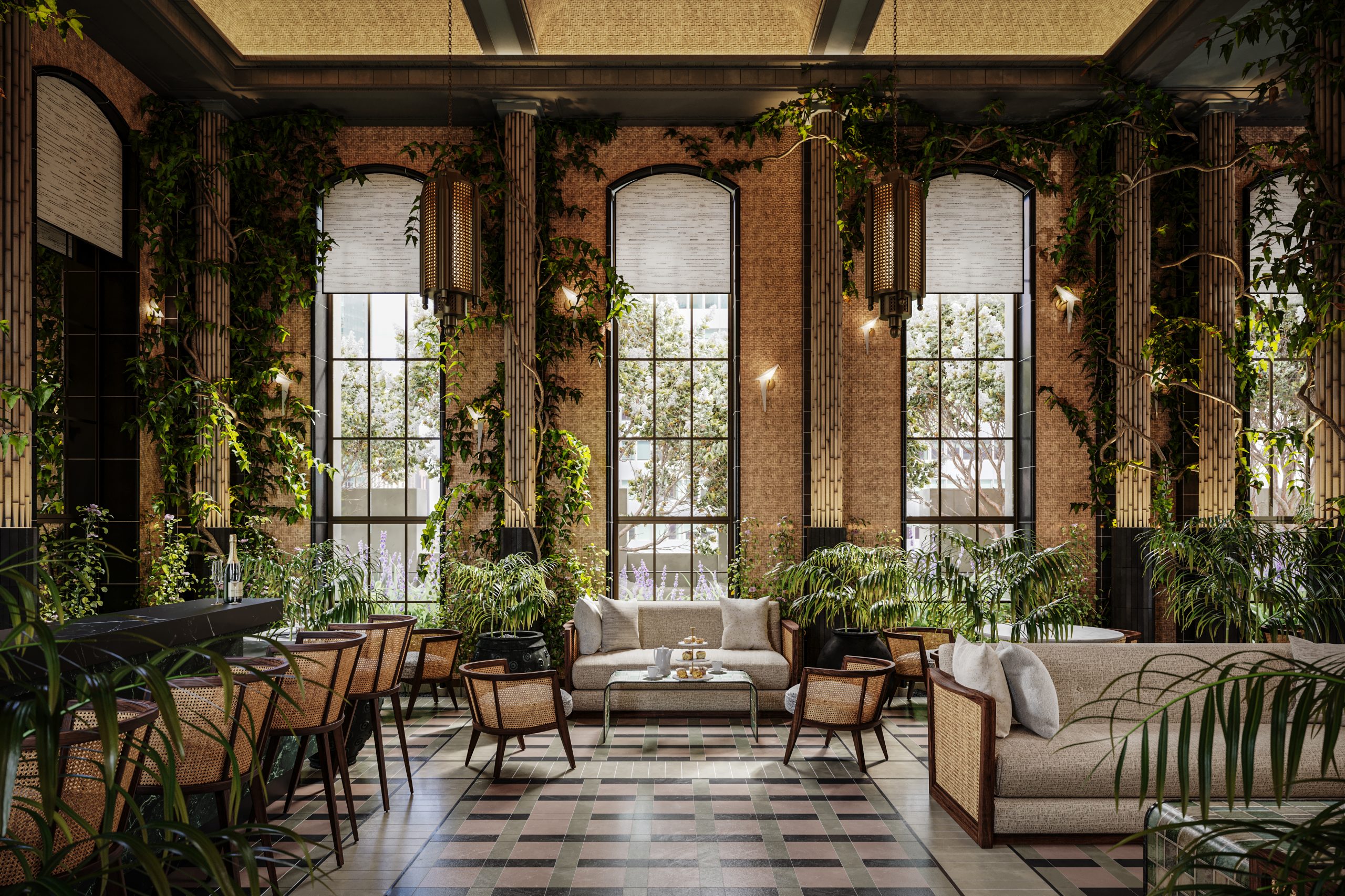
Location plays a key role in setting any given residence apart from the pack. “You think of a legacy asset as something that you would purchase with pride or passion,” Tubb says. “Something that you would want to hand off to your family when you’re gone.” At the Towers of the Waldorf Astoria, there’s no risk of new neighboring developments popping up on Park Avenue in a few years that might block views or deflate the residences’ value. The Waldorf Astoria has also been a recognized and protected city landmark since 2017, further securing its 90-year legacy as the unofficial palace of New York City.
Branded residences also boast specific advantages over more traditional vacation home investments, specifically because of the flexibility they offer. Maintenance, management and upkeep are taken care of with a branded residence, which simplifies the experience for multi-homeowners. “If residents happen to leave for two or three months, or even longer, they are reassured that the moment they come back, their home will be ready to enjoy,” Jacobsohn says. “They have a trusted staff that will check in on their home, whether it’s watering their plants or sorting their mail.”
The promise of service at branded residences means those same staff members greet residents by name and remember their preferences, no matter how much time has passed since they were last in town. The rude awakening of the pandemic has shown us that we live in a world where anything can happen. As the pressures of life on our planet accelerate and escalate, both lifestyles and investments must shift. Today, it makes sense for home to be here, there and everywhere. Branded residences serve up home without the headache, familiarity without fear and are investments made to thrive in our ever-changing world.
For more stories from our recent travel issue, check out the digital magazine here.

